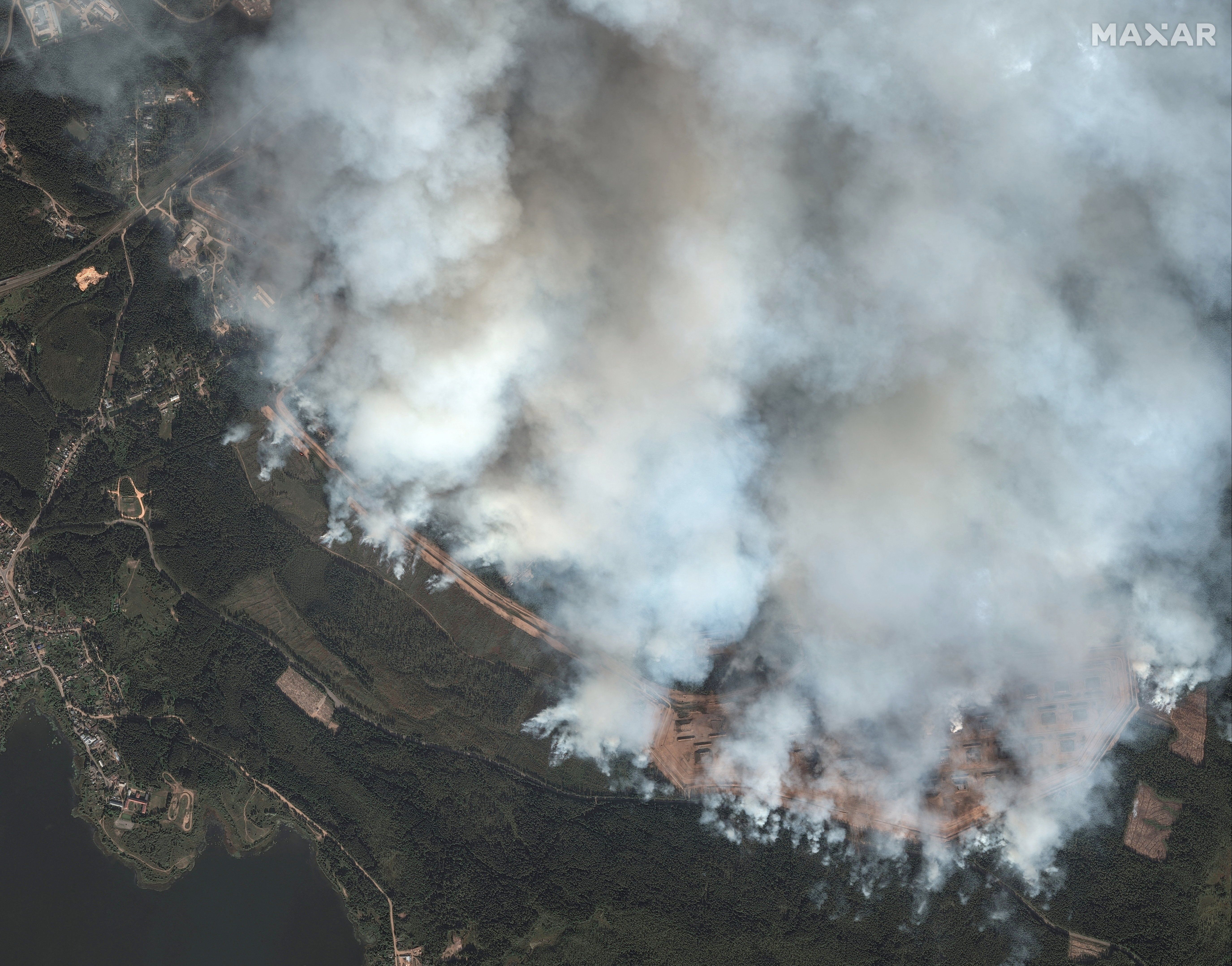Ukraine has scored hitsmuch deeper inside Russia in recent months – including on targets up to 1,100 miles from Ukraine’s border – but this attack is noteworthy for several reasons. It again demonstrates both Ukraine’s ability to reach major Russian military targets and the inability of Russian air defenses to stop Ukraine’s drones. It destroyed weapons that Russia has used to strike Ukrainian targets. It also boosts Ukrainian morale at a moment when Russian forces are making significant territorial gains in eastern Ukraine.
Ukraine’s government and military also hope it shows the country’s Western allies that attacks on targets inside Russia won’t trigger a major war escalation from Russia, advancing the argument that Ukraine should receivemissiles that Americans and Europeans have so far been reluctant to provide.
